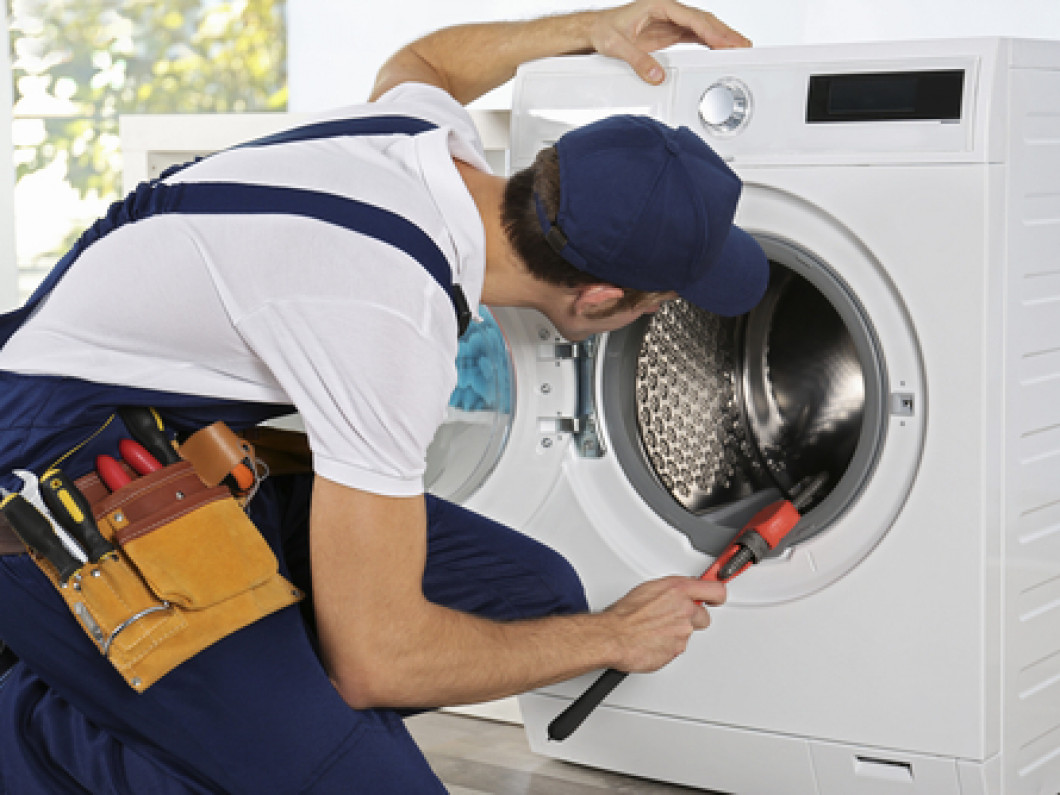Basement Mold is a common problem in many homes, often resulting from the unique conditions that basements typically present. Due to their below-ground location, basements tend to be damp and poorly ventilated, creating an ideal environment for mold growth. Understanding the causes of basement mold, its effects on health and property, and effective removal strategies is crucial for maintaining a safe and healthy home.
Mold thrives in environments that are warm and humid, and basements often meet these criteria. Water leaks, high humidity levels, and inadequate ventilation can all contribute to mold growth in this space. Common sources of moisture include leaks in pipes, water seeping in through foundation cracks, and condensation on cold surfaces. If a basement is poorly insulated or lacks proper airflow, humidity levels can remain elevated, promoting mold proliferation. It is essential to identify and address these moisture sources to effectively combat mold issues.
The presence of mold in the basement can lead to a range of health problems, particularly for individuals with respiratory issues, allergies, or weakened immune systems. Exposure to mold spores can cause symptoms such as coughing, sneezing, eye irritation, and skin rashes. In some cases, mold exposure can exacerbate existing health conditions, making it essential to tackle any mold problems promptly.
To effectively remove basement mold, the first step is to conduct a thorough inspection of the area. Look for visible signs of mold on walls, floors, and other surfaces, as well as any areas that show signs of water damage or dampness. Once you identify the affected areas, it’s crucial to assess the extent of the mold growth. For small patches of mold, homeowners may be able to handle the cleanup themselves; however, larger infestations or extensive mold growth may require professional assistance.
When undertaking DIY mold removal, safety should be the top priority. Use protective gear such as gloves, goggles, and a mask to avoid exposure to mold spores. Hard surfaces can be cleaned using a mixture of water and detergent, or a solution of one cup of bleach mixed with one gallon of water can be effective for disinfecting. Scrubbing the moldy areas with a brush can help remove mold from surfaces, but it’s important to ensure adequate ventilation during this process to prevent the release of spores into the air.
After removing visible mold, the next step is to address any underlying moisture issues to prevent future growth. This may involve repairing leaks, improving drainage around the foundation, or installing a dehumidifier to maintain optimal humidity levels. Ensuring proper ventilation is also crucial; using exhaust fans and keeping windows open when possible can help reduce humidity in the basement.
In cases where mold has penetrated porous materials such as drywall, carpet, or insulation, removal and replacement may be necessary. These materials can harbor mold spores deep within their fibers, making it challenging to completely eliminate mold through cleaning alone. If this is the case, hiring a professional mold remediation service can provide the expertise needed to address the issue safely and effectively.
In conclusion, basement mold is a significant concern that can affect both the health of occupants and the integrity of the home. By understanding the causes and effects of basement mold, homeowners can take proactive steps to address moisture issues and remove mold promptly. Whether handling minor mold problems independently or seeking professional help for larger infestations, addressing basement mold is crucial for maintaining a safe and healthy living environment. Taking action not only protects the home from potential damage but also safeguards the well-being of all who live there.


